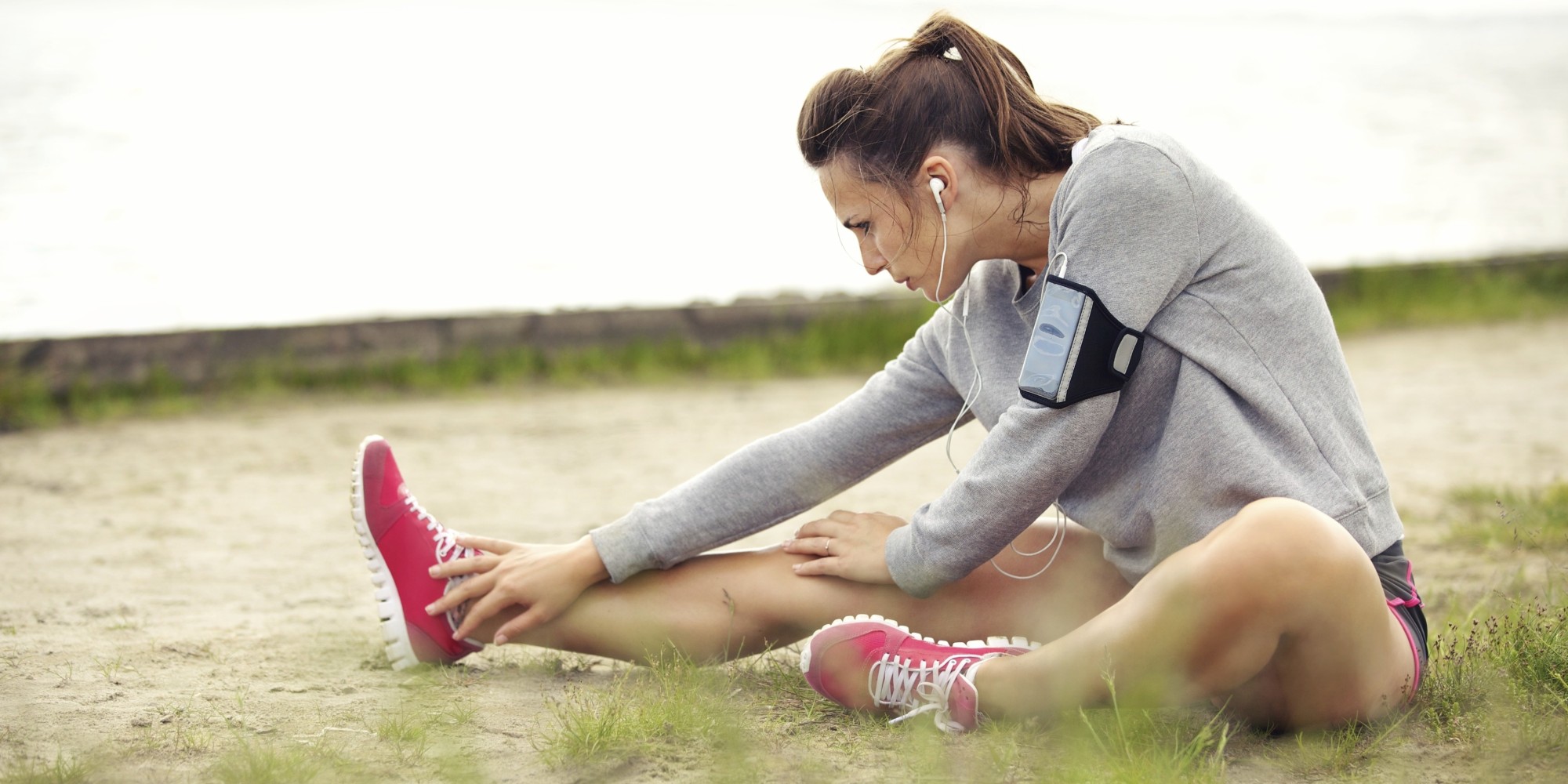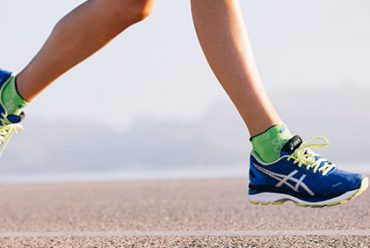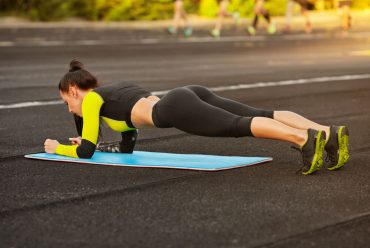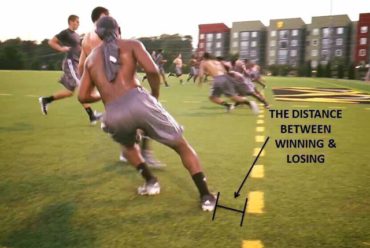The Importance of Cooling Down after a Workout Session
In today’s busy schedules we often overlook small but important things thinking they won’t really
make an overall difference. One such thing is proper cooling down after a workout. You may
already know in the back of your mind that you need to do it, but somehow it gets relegated to
that “later” box.
In short, taking time to cool down will bring your heart rate and breathing back to normal. It also
assists in preventing fainting or dizziness. And not only that, it also helps prepare your muscles
for your next workout. Furthermore, it removes any waste products (such as lactic acid), which
can build up during vigorous activity.
Dr. Grant Cooper, a Medical Doctor specialising in Physical Medicine & Rehabilitation says that
you must Always remember to cool down after exercising. This gives your muscles a chance to
relax and prevents your blood pressure from dropping too rapidly, which can happen if your
blood is allowed to pool in your extremities.
Modern-day exercise triggers a similar physiologic response in the body as say, running from a
wild animal (back in our caveman days) or perhaps defending yourself in a fight or even having
to summon up the courage to speak in front of a large crown. This kind of response activates
the sympathetic nervous system, the part of the nervous system that is responsible for your
body's "flight or fight" response. Physical changes happen such as your eyes dilating, heart rate
increasing, blood pressure rising, and your arteries redirecting blood flow away from your
abdomen and to your heart, brain, and limbs. When using your arms and legs during exercise,
the arteries in your limbs enlarge in order to allow more blood to flow to them. When you stop
exercising, your sympathetic nervous system turns off and your parasympathetic nervous
system takes over.
When the parasympathetic nervous system is in action (that is while you are at rest), your blood
pressure drops, your blood vessels relax and dilate, blood flows to your abdomen, and your
heart rate slows but the vast amounts of blood that, mere seconds or minutes ago was being
pumped to your heart and limbs slows and has a tendency to pool in your extremities. This
means the required blood does not get to your head and creates the potential for fainting. This
can be avoided by cooling down after you exercise.
Cooling down also assists in removing waste products from your muscles, such as lactic acid,
which can build up during vigorous activity (lactic acid is most effectively removed by gentle
exercise rather than stopping suddenly).
The National Academy of Sports Medicine says that a cool-down provides the body with a
smooth transition from exercise back to a steady state of rest.
The ultimate aim of a cool-down is to reduce heart and breathing rates, gradually cool body
temperature, return muscles to their optimal length-tension relationships, prevent venous
pooling of blood in the lower extremities, which may cause dizziness or possible fainting, and
restore physiologic systems close to baseline.
The proposed benefits of a cool-down are shown below:
• Reduce heart and breathing rates
• Gradually cool body temperature
• Return muscles to their optimal length-tension relationships
• Prevent venous pooling of blood in the lower extremities
• Restore physiologic systems close to baseline
So, take the time to cool down after your workout – after all, it’s what’s best for you!









